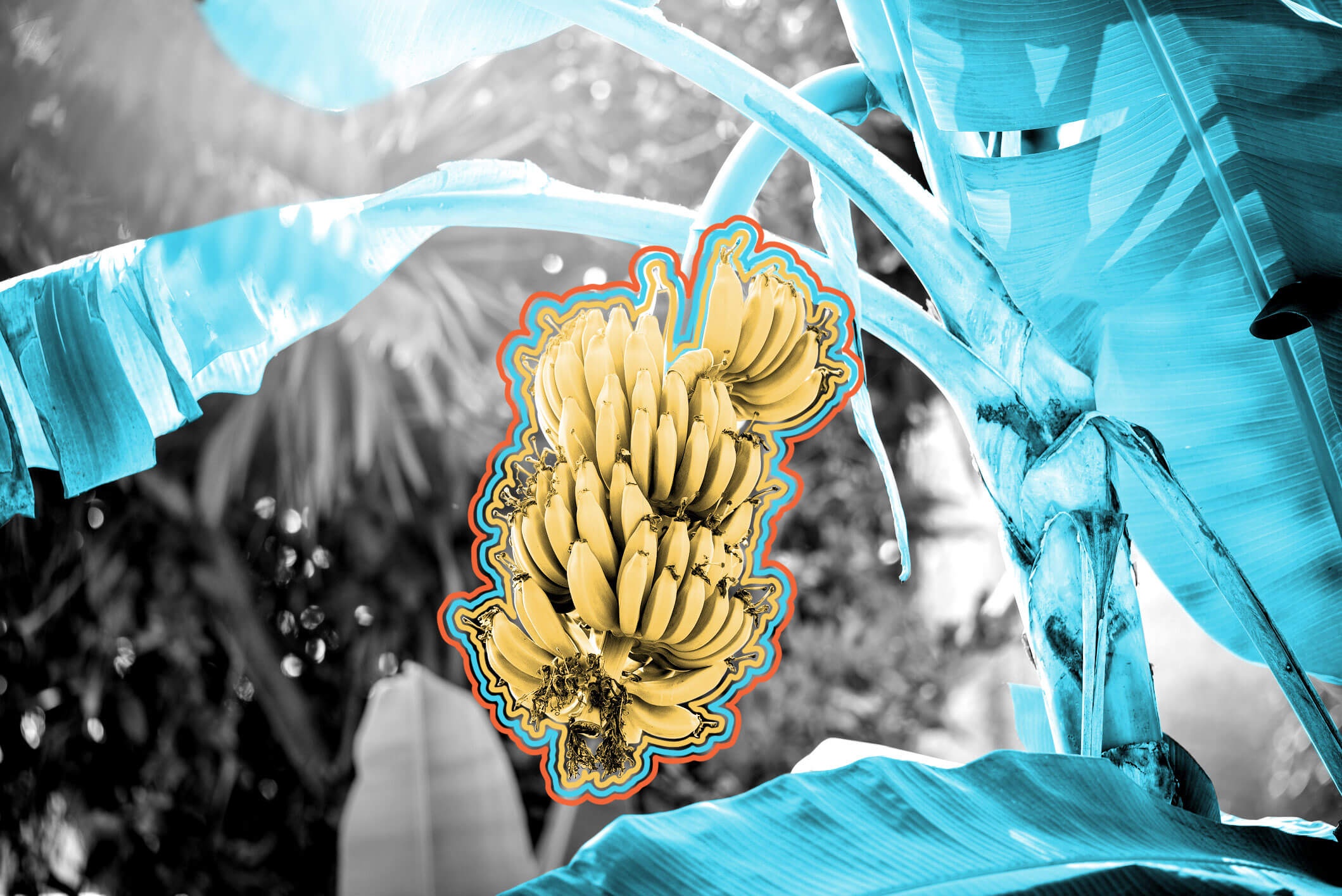
Source: Original photo by panida wijitpanya/ iStock
Berry classification is a confusing business. People began referring to some fruits as “berries” thousands of years before scientists established their own definitions, some of which are still debated. Today, little effort is made to teach the public about what botanically constitutes a berry, so here’s a bit of help. It’s generally accepted that all berries meet three standards. First, they have a trio of distinct fleshy layers (the outer exocarp, middle mesocarp, and innermost endocarp); second, their endocarps house multiple seeds; third, berries are simple fruits, meaning they develop from flowers with a single ovary.
Blueberries and cranberries are true berries, as their names imply. Other berries may surprise you: avocados, eggplants, grapes, guava, kiwis, papayas, peppers, pomegranates, and tomatoes are all — botanically speaking — berries. Bananas are berries, too, since they meet all three requirements. The exocarp of a banana is its peel, while the mesocarp is the creamy middle surrounding the seedy, also-edible endocarp. Now let’s parse what can constitute a non-berry (definitions sometimes differ). Apricots, cherries, dates, nectarines, peaches, and plums are drupes — simple fruits that have a hard endocarp comprising one seed (or, as we laypersons call it, a pit). Apples, pears, and quince are pomes, simple fruits that receive their own category owing to their core of small seeds and tough skin. With seeds growing on the outside, blackberries, raspberries, and strawberries are, confusingly given their names, neither berries nor simple fruits. Instead, they are called aggregate fruits, because they grow from multiple ovaries of the same flower. No matter what you call them, fruits are still delicious enough to be nicknamed “nature’s candy.”

Leave a Reply